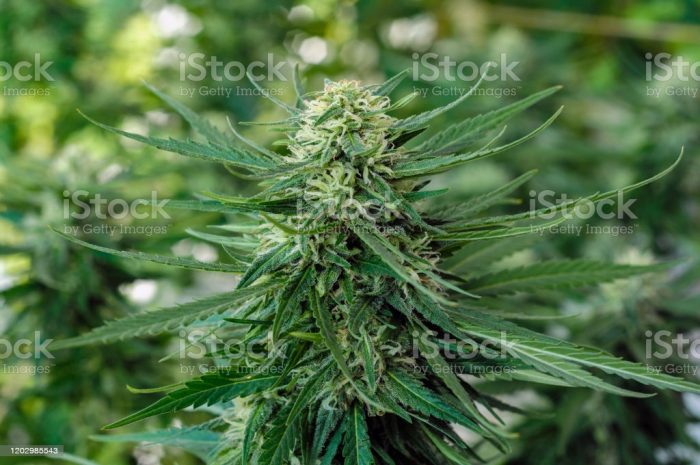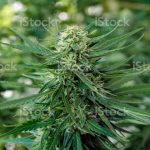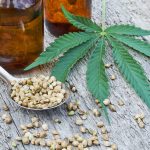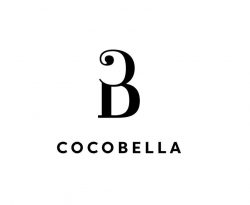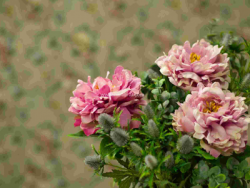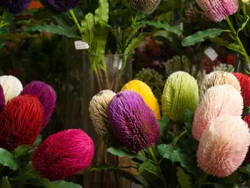The benefits and disadvantages of hemp seeds
Industrial hemp flower is growing strongly again in Spain, where a resurgence in its cultivation is taking place. This plant already grew wild, and was cultivated, in many places on the planet long before there were laws regulating its cultivation. In Spain and Europe, its cultivation and commercialization is totally legal and has a European subsidy, provided that seeds of the varieties approved by Royal Decree 1729/1999 of November 12, 1999 are grown.
For thousands of years, it has been used for its nutritional properties and health benefits, and as a raw material in the production of countless food, textile and medicinal products.
Since the beginning of humanity there is evidence of the cultivation of this extraordinary plant. In Spain it has been cultivated for centuries with special official patronage, serving to make dresses, candles, etc. (Christopher Columbus was loaded with hemp in ropes, candles, clothes, nets, paper, etc.). until the appearance of the petrochemical industry.
Both the seeds and the leaves are especially nutritious, including the oil that is extracted from their seeds. It also has balancing and / or medicinal properties, known for millennia, and which have been scientifically proven in recent years.
Increased importance of sustainability
Agricultural growth is vital to meeting the nutrient and social needs of an ever-growing world population. The agricultural sector is currently responsible for 70% of water use and up to 30% of greenhouse gas emissions. In the next 40 years, it is estimated that the world population will have increased by one third, reaching more than 9 billion.
Agriculture faces the challenge of becoming more environmentally sustainable while feeding more people. This type of sustainable agriculture supports the efficient production of food and ingredients, while employing practices that protect and enhance the natural environment, and the social and economic conditions of farmers, their employees and local communities. Hemp is the best representative and example of sustainable agriculture, as it is backed by thousands of years of cultivation and use by humanity.
Many of the world’s producers are committed to reducing the environmental impact of their production methods and have started sourcing raw materials and ingredients from suppliers using sustainable farming methods.
Hemp is one of the best vegetable proteins that exist, in addition to having microelements, with innumerable applications and properties. The dried cannabis sativa leaf can be used for infusions, as well as a substitute for cereal flours, thickener, dietary fibers, stews, desserts, etc.
Properties of hemp seeds
Cannabis sativa seeds have between 30 and 50% more protein than fish. They also contain antioxidants , such as carotene (vitamin A) and cysteine, as well as vitamin E. They do not have gluten in their composition, and they do have significant amounts of calcium, iron and phosphorus . Its polyunsaturated oil is rich in essential fatty acids -omega 3 and -omega 6 . As if this were not enough, they have been shown to have more than 3% gamma linoleic acid (GLA) and between 15 and 20 g is recommended to fully cover the daily needs of fatty acids.
Hemp oil, extracted from cold-pressed hemp seeds, is excellent to consume raw for salads, stews, sauces, and all kinds of culinary applications except for frying. It is exceptionally nutritious and tasty, although it is also very moisturizing for the skin in a direct way, which is why it is appreciated and used by the cosmetic industry to make creams, balms, soap or shampoo.
The consumption of hemp seeds in different preparations has been known to mankind, practically since the beginning of agriculture. Whether in the form of oil, toasted, raw, or making a nutritious “hemp seed milk”, similar to horchata, the properties of this magical seed have always been used.
Although of course one of the most important applications of cannabis is therapeutics, supported by many studies, which make CBD-rich hemp extract one of the most powerful therapeutic tools for humanity. But we should not underestimate the potential that seeds possess, despite containing hardly any concentration of cannabinoids.
From hemp, like from pork, everything is used.
Clothes, food, houses, furniture, nutritious oil, effective and natural medicines, animal fodder, biomass for heating, soap, shampoo, mats, sacks, insulators, plastics, felts, paints and varnishes, fuels and lubricants, geotextiles against erosion, fields for water purification, enriching soil and tutor legumes, etc. .
These are just some of the uses of cannabis sativa, which, thanks to the development of new, healthier and more ecological food models, are becoming increasingly popular among more and more strata of society.
In addition, the cultivation of hemp is a real alternative in depressed areas , from an agricultural point of view, since it is a very useful crop to recover now abandoned and depleted cultivation areas . In short, it is a wonderful plant, capable of helping us increase and favor social development, promote job creation and ensure the conservation of the flora and fauna that surround us.
Disadvantages of hemp seeds
It is not easy to highlight any disadvantage or disadvantage of hemp seeds, since it is one of the most complete seeds, nutritionally, that exist in nature. However, its price is still relatively high compared to other seeds and oils of vegetable origin. The growing expansion of its cultivation and the popularization of its consumption is getting more and more farmers and companies in the food sector to be interested in this food.
Legal situation of Hemp in Spain
Currently, the European Union (EU) allows the production of industrial and horticultural hemp when the content of tetrahydrocannabinol (THC), the psychoactive element it contains, is below 0.2% (traditionally the limit was set at 0.3 % but it was modified in 2002). In this sense, Royal Decree 1729/1999 of November 12, 1999 authorizes 25 varieties of industrial hemp for cultivation in Spain. The seeds of these varieties have to be certified by the EU for their cultivation to be legal. The Royal Decree also establishes the rules for granting financial subsidies for flax and hemp for the production of fibers, seeds and biomass.
